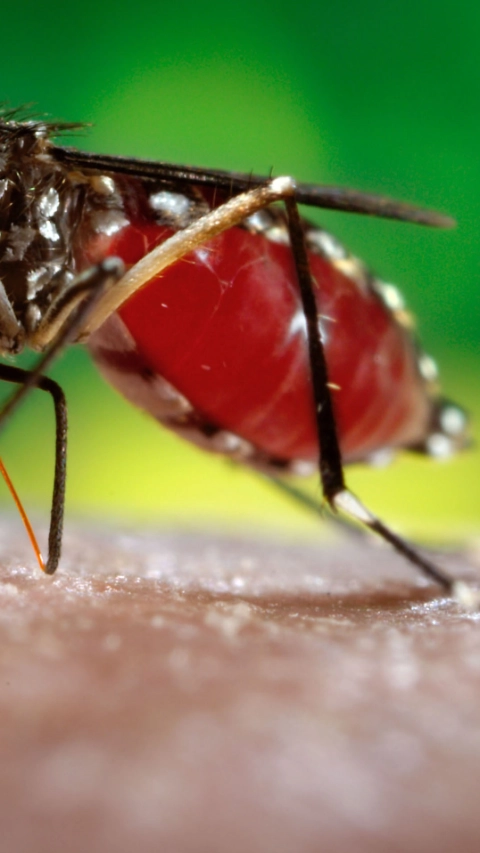Agriculture
Public Health
Controlling the mosquitoes and insects that spread illness is a critical investment in the future; resulting in fewer sick people, better school attendance, stronger economies and a healthier, brighter future for entire communities.
The mission of BASF’s Public Health business is to improve the quality of life for people around the globe through disease prevention. We accomplish this goal by working with the international community, including international health, government and humanitarian organizations, to provide innovative vector control products and programs.
Every year, more than one billion people suffer from mosquito-borne diseases such as malaria, dengue, chikungunya, West Nile Virus and yellow fever. Malaria alone affects over 200 million people and kills 435,000 every year. Thanks to concerted global action and investment, malaria cases have fallen by 18% since 2010 and death rates by 29%. An estimated 6.8 million lives, primarily young children, have been saved since 2001. But although progress has been made, diseases transmitted by insect vectors such as mosquitoes, remain a global threat.
BASF's public health products - long-lasting insecticide-treated mosquito nets, indoor residual wall sprays and larvicides - protect people, day and night from the mosquitoes that spread disease.
In Malaysia, BASF sells Abate® laracides to help control the mosquitos that spread Dengue Fever.
